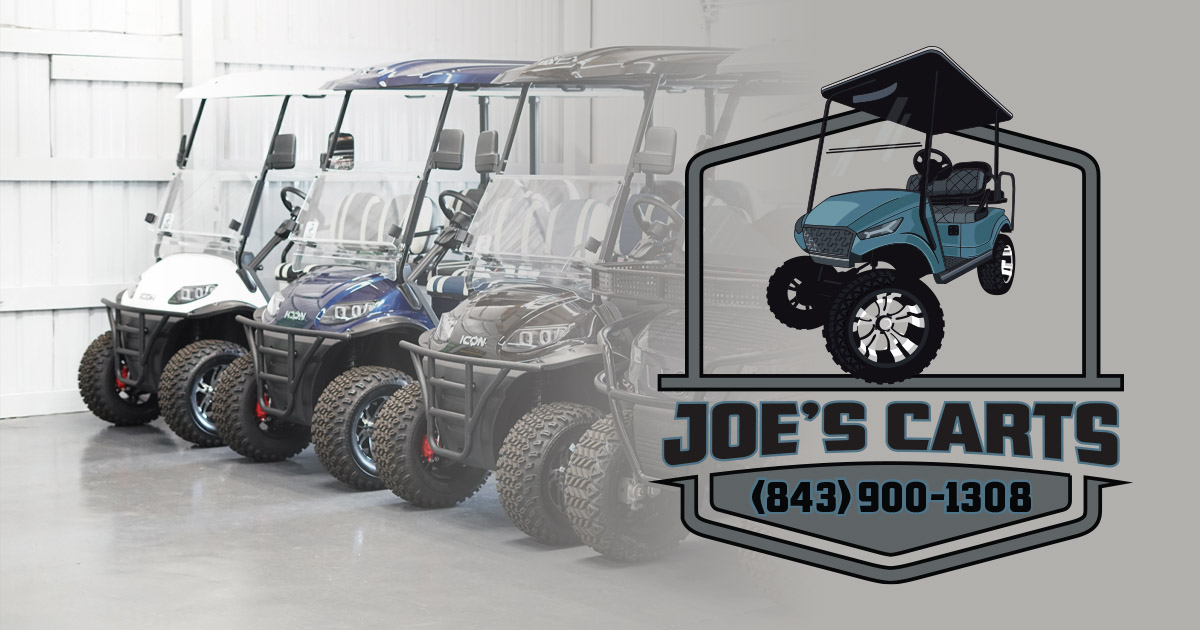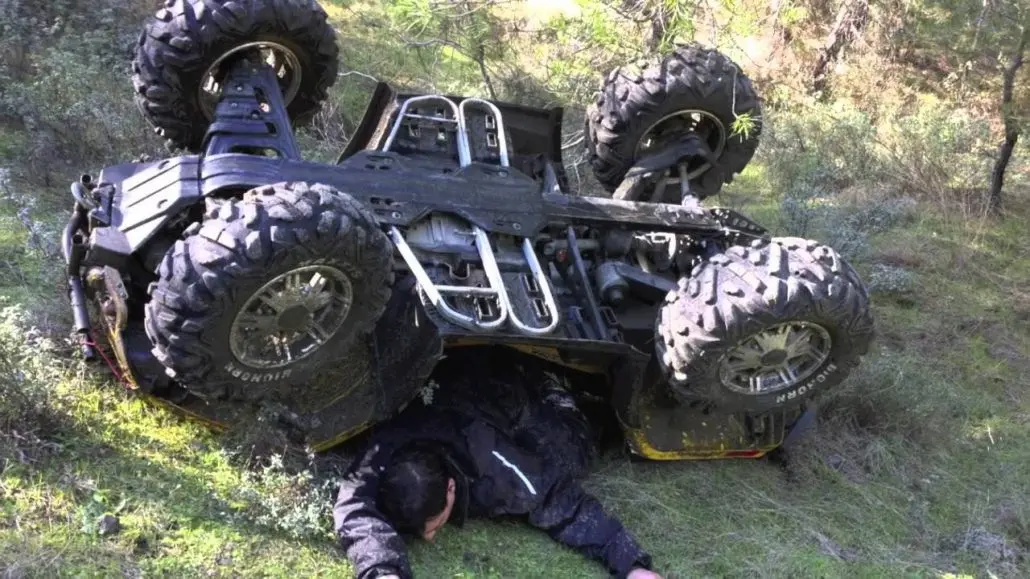Table of Contents
ToggleATV Accident, All-Terrain Vehicles (ATVs) are synonymous with adventure, excitement, and outdoor fun. However, they also come with a significant risk of accidents and injuries. If you or someone you know enjoys riding ATVs, it’s crucial to understand the potential dangers and how to mitigate them. This article delves into the causes, prevention strategies, and safety measures surrounding ATV accident to ensure a safer riding experience.
What Is an ATV Accident?
An ATV accident refers to any mishap or collision involving an all-terrain vehicle. ATVs are designed for off-road use, with robust tires and a powerful engine that makes them ideal for rough terrains. However, their very design and purpose can lead to unique risks.
Common Scenarios Leading to ATV Accidents
ATV accidents can occur in a variety of ways. Some common scenarios include:
- Rollovers: ATVs are prone to tipping over, especially on uneven or sloped terrain. Riders often lose control while navigating steep hills, leading to rollovers.
- Collisions: Crashing into trees, rocks, or other obstacles is another frequent cause of ATV accidents. Collisions can happen when riders overestimate their skills or fail to see obstacles in time.
- Multi-Vehicle Collisions: In group rides, riders may collide with each other due to miscommunication or reckless driving.
Types of Injuries in ATV Accidents
The injuries resulting from ATV accidents can range from minor cuts and bruises to life-threatening conditions. Common injuries include:
- Head Injuries: Without a helmet, riders are at significant risk of traumatic brain injuries.
- Fractures and Broken Bones: Arms, legs, and collarbones are particularly vulnerable in crashes.
- Spinal Cord Injuries: Severe accidents can result in partial or complete paralysis.
- Internal Injuries: These are often harder to detect but can be just as dangerous, requiring immediate medical attention.
Understanding these risks is the first step in preventing accidents and ensuring safety.
Causes of ATV Accidents
Knowing the root causes of ATV accidents can help riders take necessary precautions. Here are some of the most common factors that contribute to these incidents:
Lack of Experience
Many ATV riders are beginners who lack the skills needed to navigate challenging terrains safely. ATVs require a unique set of handling techniques, and inexperienced riders may overestimate their abilities, leading to mistakes.
- Improper Braking: Using too much throttle or braking too hard can cause the vehicle to lose balance.
- Poor Judgment: New riders may misjudge the difficulty of a trail or the capabilities of their ATV.
- Overconfidence: Trying advanced maneuvers without adequate practice is a recipe for disaster.
Risky Behavior
Risk-taking is a leading cause of ATV accidents. Some common risky behaviors include:
- Speeding: Excessive speed reduces the rider’s ability to react to obstacles.
- Stunts and Tricks: Attempting wheelies or jumps can lead to loss of control.
- Riding Under the Influence: Alcohol or drugs impair judgment and reaction time, making accidents more likely.
Poor Maintenance
An improperly maintained ATV can be as dangerous as an inexperienced rider. Neglecting regular inspections can result in:
- Brake Failure: Faulty brakes can make it impossible to stop in time.
- Tire Blowouts: Worn or underinflated tires increase the risk of losing control.
- Engine Problems: Mechanical issues can lead to sudden breakdowns in precarious situations.
Environmental Factors
The terrain and weather conditions can also play a significant role in ATV accidents. Common environmental hazards include:
- Slippery Surfaces: Mud, snow, or wet grass can reduce traction.
- Obstacles: Rocks, tree roots, and hidden ditches pose a constant threat.
- Low Visibility: Fog, rain, or riding at night can make it difficult to see hazards.
By understanding these causes, riders can take proactive measures to minimize risks.
Prevention Strategies for ATV Accidents
While ATV accidents can be dangerous, many of them are preventable. Here are some key strategies to reduce the likelihood of accidents:
Invest in Proper Training
One of the most effective ways to prevent ATV accidents is by taking a certified training course. These courses teach:
- Basic Controls: How to operate the throttle, brakes, and steering effectively.
- Riding Techniques: Maneuvering on different types of terrain.
- Safety Protocols: What to do in emergency situations.
Use the Right Gear
Wearing appropriate safety gear can significantly reduce the severity of injuries. Essential gear includes:
- Helmet: A DOT-approved helmet is non-negotiable.
- Gloves: Protect your hands from abrasions and improve grip.
- Goggles: Shield your eyes from dust, debris, and wind.
- Riding Boots: Offer protection for your feet and ankles.
- Protective Clothing: Long sleeves and padded jackets can prevent scrapes and bruises.
Maintain Your ATV
Regular maintenance is crucial for safe riding. Create a checklist to ensure:
- Tires are properly inflated and free of damage.
- Brakes are functioning correctly.
- Lights and indicators are operational.
- Fluids are topped up and clean.
Ride Responsibly
Responsible riding involves adhering to some basic principles:
- Know Your Limits: Don’t attempt trails or maneuvers beyond your skill level.
- Follow the Rules: Stick to designated ATV trails and respect local regulations.
- Ride Sober: Avoid alcohol and drugs before and during your ride.
- Avoid Overloading: Follow the manufacturer’s weight guidelines, especially for two-seater ATVs.
These strategies can help create a safer environment for both riders and those around them.
What to Do After an ATV Accident
If an accident occurs despite your best efforts, knowing how to respond can make a significant difference. Here’s what to do:
Assess the Situation
- Check for Injuries: Look for visible injuries and ask the rider if they feel any pain.
- Call for Help: If injuries are serious, dial emergency services immediately.
- Secure the Area: Move the ATV to a safe spot if possible and warn others of the hazard.
Provide First Aid
If you’re trained in first aid, provide assistance while waiting for help. Key steps include:
- Stop Bleeding: Apply pressure to wounds with a clean cloth.
- Immobilize: Avoid moving the injured person if a spinal injury is suspected.
- Keep Them Comfortable: Use a jacket or blanket to prevent shock.
Document the Incident
For insurance or legal purposes, it’s a good idea to:
- Take Photos: Capture images of the scene, ATV damage, and injuries.
- Note Details: Write down what happened, including time, location, and weather conditions.
- Collect Witness Statements: If others saw the accident, ask for their accounts.
Conclusion: Ride Smart, Stay Safe
ATV accidents are a sobering reality of off-road adventures, but they’re not inevitable. By understanding the causes, taking preventive measures, and knowing how to respond in an emergency, you can enjoy the thrill of ATV riding while minimizing risks. Remember, safety always comes first—because no ride is worth sacrificing your well-being.
Whether you’re a seasoned rider or a beginner, staying informed and prepared is the key to a safe and enjoyable experience on the trails. Ride smart, stay alert, and make every adventure a memorable one for all the right reasons.














